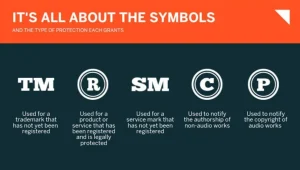Key Steps in Certification
1. Appoint an Independent Valuer:
A qualified individual, such as a Chartered Accountant, Merchant Banker, or Registered Valuer, is appointed to conduct the valuation.
2. Determine the Fair Value:
The valuer uses recognized and prescribed methods to arrive at the fair value of the shares, which may differ based on the specific transaction and regulatory requirements.
3. Prepare the Valuation Report:
The valuer prepares a detailed report outlining the methods used and the fair price determined.
4. Board Approval:
The board of directors reviews the valuation report and approves the resolution for the buy-back or the transaction.
5. Disclosure and Filing:
For Buy-backs: The valuation details and the fair price are disclosed in the Letter of Offer to shareholders and filed with the Registrar of Companies (ROC).
For M&A/Demergers: The fair value is critical for the scheme of arrangement and may be subject to specific disclosures, depending on the transaction and regulatory requirements.
For Share Transfers: For undervaluation, fair market value is determined under Section 56(2)(x) of the Income Tax Act, which uses specific valuation formulas.
Purpose of Certification
- Regulatory Compliance: To ensure the company complies with legal requirements and regulations for the specific transaction.
- Shareholder Confidence: To provide transparency and confidence to shareholders about the fairness of the transaction.
- Credibility: To instill confidence in investors, regulatory bodies, and other stakeholders about the financial information presented.
- Taxation: The fair value is often used to calculate taxable income and ensure compliance with tax laws.





